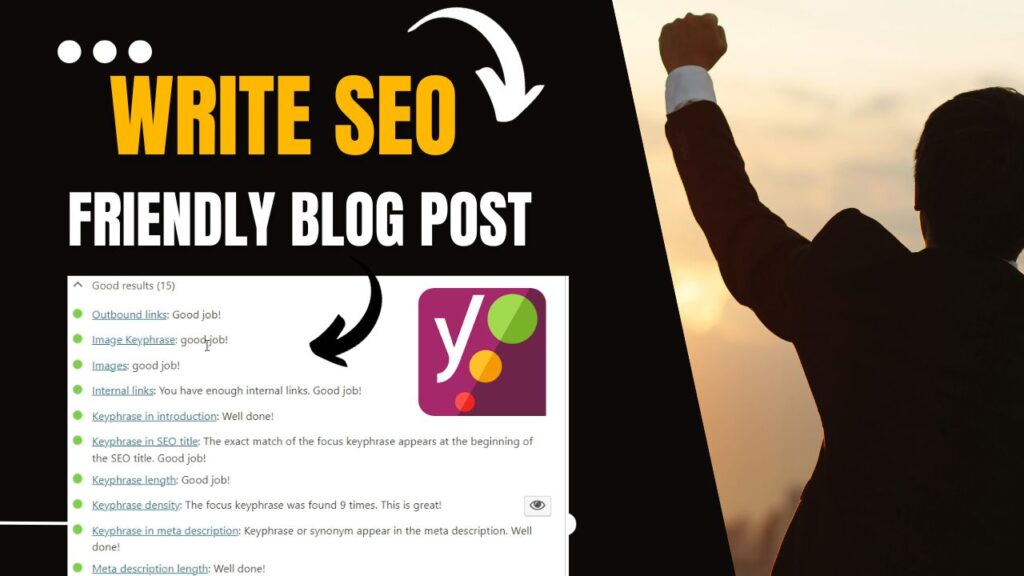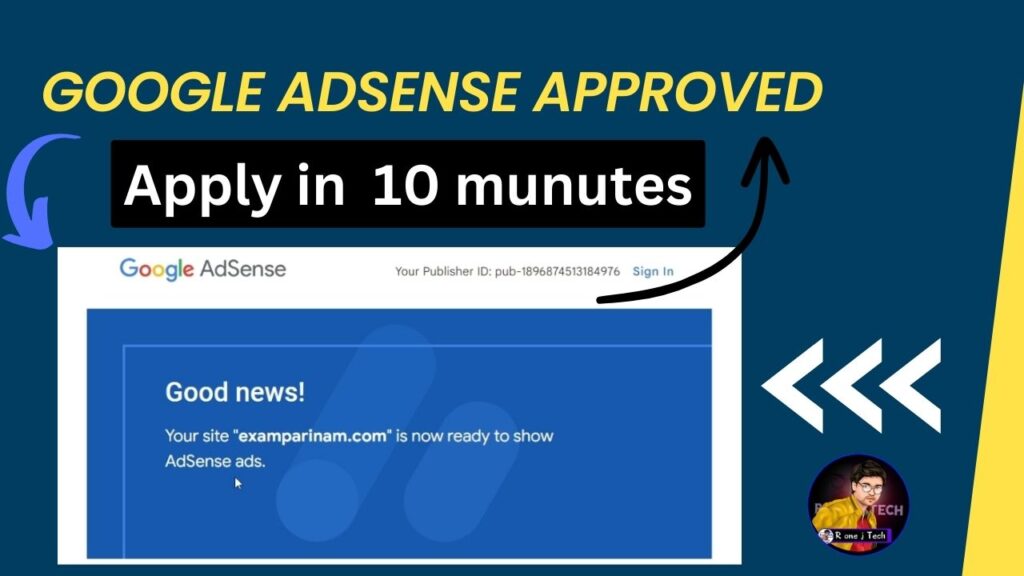Best ai tools: If you are looking for the best AI tools, who would have thought that there are so many? And who have tried all of them? Well, we have done the research and listed our top 100 AI tools in this article. These tools are meant to help you with your business, but you should also use them for personal use as well. best artificial intelligence software ( artificial intelligence tools )
Here’s a list of the 100 top AI tools
Ada
A chatbot platform for customer support and sales.
Ada AI is a company that provides AI-powered customer service chatbot solutions for businesses. Their official website is www.ada.cx.
The website provides information about their chatbot platform, including its features and benefits, such as handling customer inquiries 24/7, improving response times, and reducing costs. The website also includes information about their team and leadership, as well as customer success stories and case studies.
In addition, the website offers resources for businesses that are interested in implementing chatbots, including a demo, a blog with tips and best practices, and a knowledge base with frequently asked questions.
AIDoc Medical
A tool for medical image analysis and diagnosis.
AIDoc Medical is an AI-powered medical imaging analysis platform that helps radiologists and other medical professionals diagnose and treat diseases more efficiently and accurately.
The official website for AIDoc Medical is www.aidoc.com. This website provides information about the platform, including its features, use cases, and benefits. It offers a range of tools and resources for medical professionals, including a suite of AI algorithms that can be integrated with various medical imaging devices, such as CT and MRI scanners.
The website also includes information about the company behind AIDoc Medical, as well as the team and leadership. It provides details about their partnerships with hospitals and medical institutions around the world, and how they are using AI to improve patient outcomes.
In addition, the website offers a blog with updates and insights on the latest trends and developments in medical imaging analysis and AI technology. It also offers a resource library with white papers, case studies, and other educational materials for healthcare professionals interested in learning more about the capabilities and applications of AIDoc Medical.
Algorithmia
A marketplace for AI algorithms.
Algorithmia is a cloud-based AI and machine learning (ML) platform that provides a marketplace for algorithms, enabling developers and data scientists to access and deploy ML models and workflows at scale.
The official website for Algorithmia is www.algorithmia.com. This website provides information about the platform, including its features, use cases, and benefits. It offers a range of tools and resources for developers and data scientists, including a marketplace with over 8,000 pre-trained ML models and algorithms that can be integrated into various applications and workflows.
The website also includes information about the company behind Algorithmia, as well as the team and leadership. It provides details about their partnerships with leading technology companies, academic institutions, and government agencies, and how they are using AI to solve real-world problems.
In addition, the website offers a blog with updates and insights on the latest trends and developments in AI and ML technology. It also offers a resource library with white papers, case studies, and other educational materials for those interested in learning more about the capabilities and applications of Algorithmia.
Amazon Rekognition
A tool for analyzing images and video.
Amazon Rekognition is a cloud-based AI-powered image and video analysis service that makes it easy to add image and video analysis to your applications.
The official website for Amazon Rekognition is aws.amazon.com/rekognition. This website provides information about the service, including its features, use cases, and benefits. It offers a range of tools and resources for developers, including APIs and SDKs to help them integrate image and video analysis into their applications.
The website also includes information about the company behind Amazon Rekognition, as well as the team and leadership. It provides details about their partnerships with leading technology companies and how they are using AI to improve image and video analysis.
In addition, the website offers a blog with updates and insights on the latest trends and developments in AI and machine learning technology. It also offers a resource center with whitepapers, case studies, and other educational materials for those interested in learning more about the capabilities and applications of Amazon Rekognition.
Amazon SageMaker
A machine learning platform for building, training, and deploying models.
Amazon SageMaker is a fully-managed service that provides developers and data scientists with the ability to build, train, and deploy machine learning models quickly and easily.
The official website for Amazon SageMaker is www.aws.amazon.com/sagemaker. This website provides information about the service, including its features, use cases, and benefits. It offers a range of tools and resources for developers and data scientists, including pre-built machine learning models, frameworks, and algorithms that can be used to build custom models.
The website also includes information about the company behind Amazon SageMaker, as well as the team and leadership. It provides details about their partnerships with leading technology companies and how they are using AI to improve machine learning.
In addition, the website offers a blog with updates and insights on the latest trends and developments in AI and machine learning technology. It also offers a resource center with whitepapers, case studies, and other educational materials for those interested in learning more about the capabilities and applications of Amazon SageMaker.
Anaconda
An open-source platform for data science and machine learning.
Anaconda is an open-source distribution of the Python and R programming languages for scientific computing and data science, which includes more than 250 popular data science packages and tools. It is used by data scientists and developers to create, distribute, and manage data science and machine learning applications.
The official website for Anaconda is www.anaconda.com. This website provides information about the distribution, including its features, use cases, and benefits. It offers a range of tools and resources for data scientists and developers, including packages, environments, and data visualization tools.
The website also includes information about the company behind Anaconda, as well as the team and leadership. It provides details about their partnerships with leading technology companies and how they are using AI to improve data science.
In addition, the website offers a blog with updates and insights on the latest trends and developments in data science and machine learning technology. It also offers a resource center with whitepapers, case studies, and other educational materials for those interested in learning more about the capabilities and applications of Anaconda.
Apache Hadoop
An open-source framework for distributed storage and processing of big data.
Apache Hadoop is an open-source framework for distributed storage and processing of big data. It is designed to handle large amounts of data, both structured and unstructured, and allows for distributed processing of data across multiple computers or clusters.
The official website for Apache Hadoop is hadoop.apache.org. This website provides information about the framework, including its features, use cases, and benefits. It offers a range of tools and resources for developers, including APIs and SDKs to help them build applications using Hadoop.
The website also includes information about the Apache Software Foundation, the organization behind Apache Hadoop, as well as the community of developers who contribute to the project. It provides details about their partnerships with leading technology companies and how they are using AI to improve big data processing.
In addition, the website offers a blog with updates and insights on the latest trends and developments in big data and AI technology. It also offers a resource center with whitepapers, case studies, and other educational materials for those interested in learning more about the capabilities and applications of Apache Hadoop.
Apache Mahout
An open-source machine learning library.
Apache Mahout is an open-source machine learning library that is designed to help developers and data scientists build scalable machine learning applications.
The official website for Apache Mahout is mahout.apache.org. This website provides information about the library, including its features, use cases, and benefits. It offers a range of tools and resources for developers and data scientists, including algorithms, frameworks, and tools for building machine learning applications.
The website also includes information about the Apache Software Foundation, the organization behind Apache Mahout, as well as the community of developers who contribute to the project. It provides details about their partnerships with leading technology companies and how they are using AI to improve machine learning.
In addition, the website offers a blog with updates and insights on the latest trends and developments in machine learning technology. It also offers a resource center with whitepapers, case studies, and other educational materials for those interested in learning more about the capabilities and applications of Apache Mahout.
Apache MXNet
An open-source deep learning framework.
Apache MXNet is an open-source deep learning framework designed for training and deploying deep neural networks. It provides tools and libraries for building, testing, and scaling machine learning models, with support for a wide range of programming languages.
The official website for Apache MXNet is mxnet.apache.org. This website provides information about the framework, including its features, use cases, and benefits. It offers a range of tools and resources for developers and data scientists, including tutorials, sample code, and documentation.
The website also includes information about the Apache Software Foundation, the organization behind Apache MXNet, as well as the community of developers who contribute to the project. It provides details about their partnerships with leading technology companies and how they are using AI to improve deep learning.
In addition, the website offers a blog with updates and insights on the latest trends and developments in deep learning technology. It also offers a resource center with whitepapers, case studies, and other educational materials for those interested in learning more about the capabilities and applications of Apache MXNet.
Apache Spark
An open-source big data processing engine.
Apache Spark is an open-source distributed computing system that is used for big data processing and analytics. It is designed to be fast, flexible, and easy to use, with support for a wide range of data processing tasks, including machine learning, graph processing, and real-time streaming.
The official website for Apache Spark is spark.apache.org. This website provides information about the system, including its features, use cases, and benefits. It offers a range of tools and resources for developers and data scientists, including documentation, tutorials, and sample code.
The website also includes information about the Apache Software Foundation, the organization behind Apache Spark, as well as the community of developers who contribute to the project. It provides details about their partnerships with leading technology companies and how they are using AI to improve big data processing.
In addition, the website offers a blog with updates and insights on the latest trends and developments in big data and AI technology. It also offers a resource center with whitepapers, case studies, and other educational materials for those interested in learning more about the capabilities and applications of Apache Spark.
Apple Core ML
A framework for integrating machine learning models into iOS apps.
Apple Core ML is a machine learning framework that allows developers to integrate machine learning models into their iOS, iPadOS, macOS, and watchOS applications. It provides pre-trained models for tasks such as image and speech recognition, as well as tools for building and training custom models.
The official website for Apple Core ML is developer.apple.com/documentation/coreml. This website provides detailed documentation and resources for developers who want to integrate Core ML into their applications. It offers a range of tools and resources, including sample code, tutorials, and documentation.
The website also includes information about Apple’s other developer tools and resources, including Xcode and Swift, as well as details about their partnerships with leading technology companies and how they are using AI to improve the user experience on Apple devices.
In addition, the website offers a community forum where developers can share their experiences and get help with using Core ML and other Apple development tools. It also offers a range of events, including conferences and workshops, where developers can learn more about the latest trends and best practices in AI and machine learning for Apple platforms.
Arimo
A platform for predictive analytics.
Arimo is a machine learning and artificial intelligence platform that provides solutions for enterprises to automate complex processes and make data-driven decisions.
The website for Arimo is www.arimo.com. On the website, Arimo provides details on its various solutions, including AI-powered automation of business processes, predictive maintenance, and fraud detection. It also offers case studies of how its customers have used the platform to improve their operations and decision-making.
The website offers a range of resources and tools for developers and data scientists, including a library of machine learning models, APIs for integrating with other applications, and documentation for getting started with the platform. Arimo also provides a dashboard for monitoring the performance of machine learning models, as well as tools for managing data pipelines and workflows.
In addition, the website offers a blog with updates and insights on the latest trends and developments in AI and machine learning technology. It also offers a range of events, including webinars and conferences, where customers and other interested parties can learn more about Arimo’s solutions and the latest trends in AI and machine learning.
Best artificial intelligence software ( Best ai tools)
Read Also
Artificial intelligence and machine Learning
Big Panda Best ai tools
A tool for event correlation and management.
BigDL
An open-source deep learning framework for distributed computing.
Caffe
An open-source deep learning framework.
Chainer
An open-source deep learning framework.
Clarifai
A tool for image and video analysis.
Cloud AutoML
A tool for building custom machine learning models.
Databricks
A unified analytics platform for big data and AI.
DataRobot
A tool for automated machine learning.
DeepCognition
A platform for building and deploying deep learning models.
Deepgram
A tool for speech recognition.
DeepLens
An AI-powered camera for developers.
DeepMind
A research lab focused on AI and machine learning.
Dialogflow
A tool for building chatbots and conversational interfaces.
Einstein
Salesforce’s AI platform for customer relationship management.
fast.ai
A deep learning framework for developers.
FloydHub
A platform for training and deploying machine learning models.
Gensim
A tool for natural language processing.
Google Cloud AutoML ( Best ai tools )
A tool for building custom machine learning models.
Google Cloud Machine Learning Engine
A platform for building and deploying machine learning models.
Google Cloud Vision
A tool for image analysis and recognition.
H2O.ai
An open-source platform for building and deploying machine learning models.
IBM Watson
A suite of AI tools for natural language processing, speech recognition, image analysis, and more.
Keras
A high-level neural networks API written in Python.
KNIME Analytics Platform
An open-source platform for data science and machine learning.
Luminoso
A tool for natural language understanding.
Mahout
An open-source machine learning library.
MathWorks
A platform for mathematical computing and simulation.
Microsoft Azure Machine Learning
A platform for building and deploying machine learning models.
Microsoft Cognitive Services
A suite of AI tools for natural language processing, image analysis, and more.
MonkeyLearn
A tool for text analysis and classification.
MXNet
An open-source deep learning framework.
Natural Language Toolkit (NLTK)
An open-source platform for natural language processing.
Neural Designer
A tool for building and training neural networks.
Neurala
A tool for building and deploying deep learning models.
NVIDIA Deep Learning GPU Training System (DIGITS)
A tool for training deep learning models.
OpenAI ( Best ai tools )
A research lab focused on AI and machine learning.
OpenCV
An open-source computer vision library.
OpenNLP ( Best ai tools )
OpenNLP stands for Open Natural Language Processing. It is a free, open-source toolkit for natural language processing (NLP) written in Java. The toolkit provides a set of tools and interfaces for tasks such as tokenization, part-of-speech tagging, named entity recognition, chunking, parsing, and coreference resolution.
OpenNLP is widely used in various applications, including information extraction, document classification, sentiment analysis, machine translation, chatbots, and more. It can be integrated into Java applications and used with other open-source tools, such as Apache Lucene and Apache Solr.
OpenNLP is maintained by the Apache Software Foundation and has a large community of contributors who provide support, bug fixes, and new features. Its modular architecture and user-friendly APIs make it an attractive choice for NLP practitioners and developers.
Orange
An open-source data visualization and machine learning tool.
Pandas
A data analysis library for Python.
Prophet
A tool for time series forecasting developed by Facebook.
PyTorch
An open-source machine learning framework developed by Facebook.
RapidMiner
A platform for data science and machine learning.
Scikit-learn
An open-source machine learning library for Python.
Best AI tools
Sentieo
A platform for financial and corporate research.
TensorFlow
An open-source machine learning framework developed by Google.
Theano
An open-source machine learning library.
Turi Create
A tool for building and training machine learning models developed by Apple.
Unity ML Agents
A toolkit for developing and training intelligent agents in Unity.
Weka
An open-source platform for data mining and machine learning.
Wit.ai
A tool for building natural language processing models.
XGBoost
A popular open-source library for gradient boosting.
Best AI tools
YOLO (You Only Look Once)
A real-time object detection system.
AllenNLP
An open-source natural language processing library developed by Allen Institute for AI.
Ayasdi
A platform for enterprise-grade machine intelligence.
Cognitivescale
A platform for developing AI-powered enterprise solutions.
Deep Vision
A tool for image recognition and object detection.
DialogTech
A platform for conversation analytics and optimization.
Dialogic
A tool for natural language generation.
DigitalGenius
A platform for customer service automation.
Enlitic
A platform for medical image analysis.
Freenome
A tool for early cancer detection.
Grammarly
A tool for grammar and writing analysis.
Hugging Face
A platform for natural language processing.
Indico
A platform for text analysis and image recognition.
Infosys Nia
A platform for enterprise-grade AI.
KAI
A platform for building virtual assistants.
Klevu
A platform for e-commerce search and personalization.
Lexalytics
A tool for sentiment analysis and text analytics.
Logical Glue
A platform for automated machine learning.
Lucidworks
A platform for enterprise search and AI-powered insights.
MindMeld
A platform for building conversational interfaces.
Netra
A tool for visual intelligence.
NLP Cloud
A platform for natural language processing.
Best artificial intelligence software
Noodle.ai
A platform for enterprise AI.
Optmyzr
A tool for PPC management and optimization.
ParallelDots
A platform for natural language processing.
Best AI tools
Peltarion
A platform for building and deploying deep learning models.
People Pattern
A platform for audience insights and analysis.
Persado
A tool for AI-powered content creation.
Premonition
A platform for legal analytics.
Best AI tools
Suki.AI
A tool for medical note-taking and clinical documentation.
Textio
A tool for AI-powered writing optimization.
Trifacta
A platform for data wrangling and preparation.
UiPath
A platform for RPA (robotic process automation).
Viond
A platform for interactive 360-degree video creation.
ZestFinance
A platform for credit underwriting and risk analysis.











